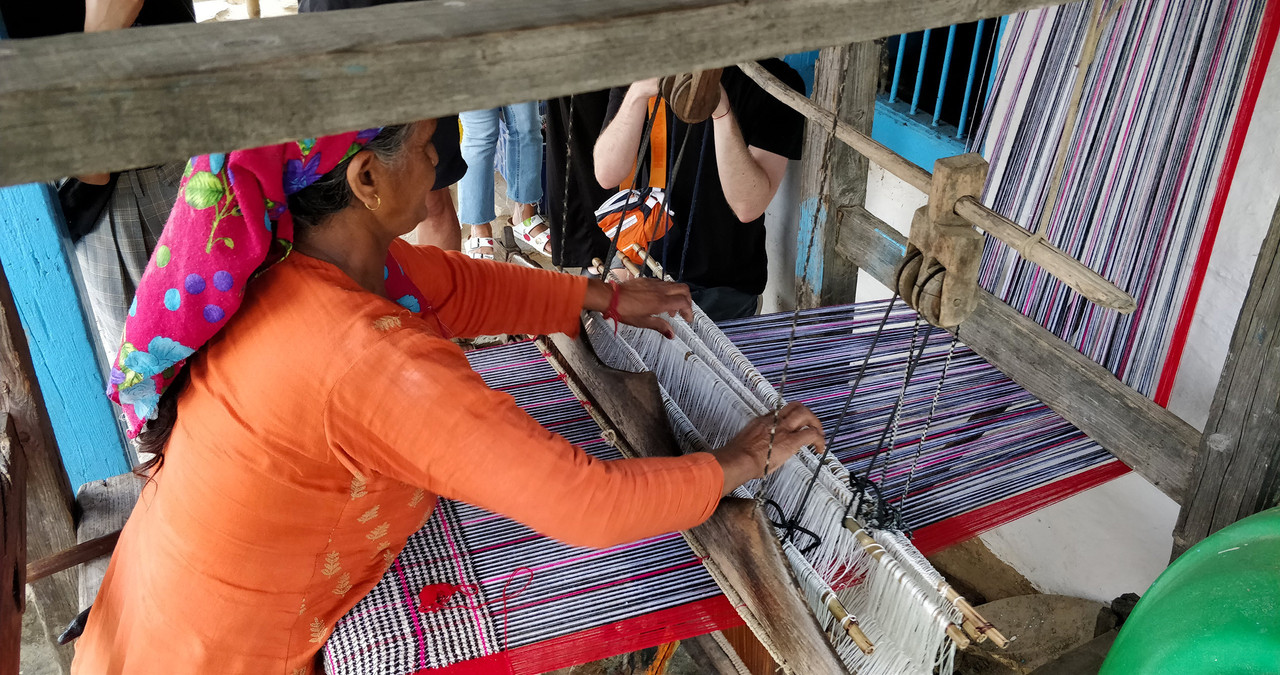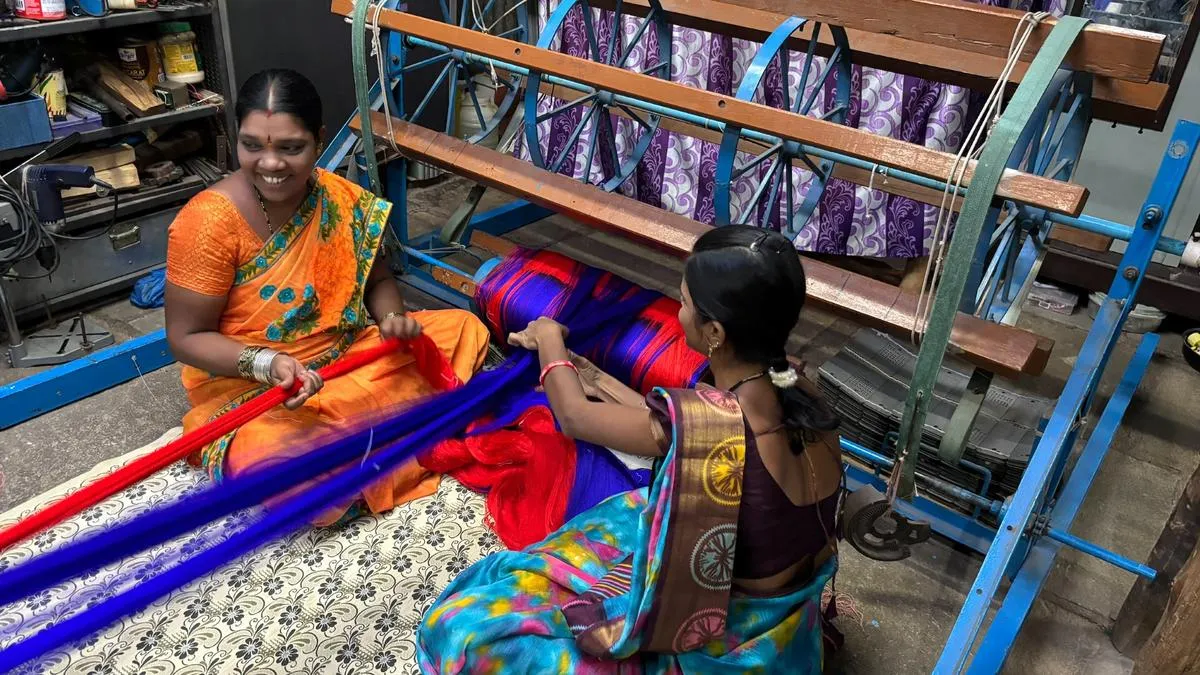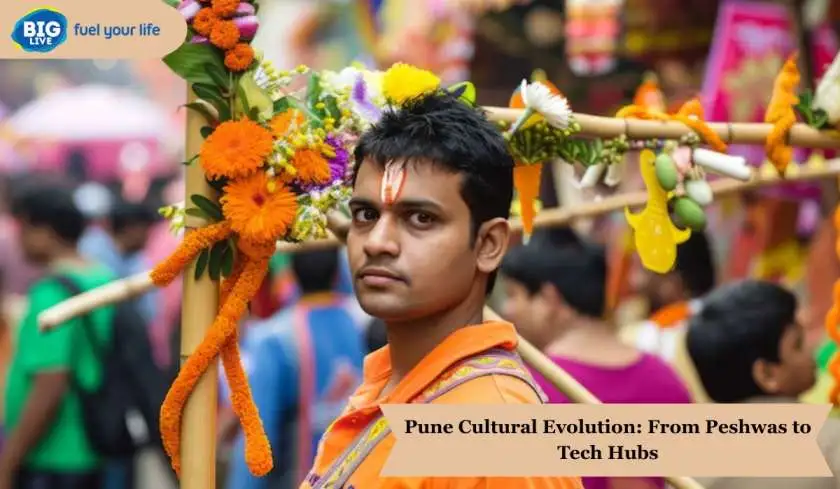In Solapur’s dusty gullies, you’ll still find the whir of old looms tucked behind cracked doors, the kind of machines that don’t look like much but have carried generations. The city isn’t as loud as Mumbai or as flashy as Surat. But it has its roots deep in thread. Once known for its chadars and cotton sheets, Solapur was woven together by hands, not engines. Now, those very hands are fighting—fighting to be seen, to be paid fairly, and to save what’s left of a fading identity. In the center of it all is a man who somehow managed to turn yarn into resistance while never leaving the loom or pursuing larger cities.
The Fabric of Solapur: More Than Just Cloth
For decades, Solapur’s name meant quality. If someone gifted a bedsheet in a wedding in Maharashtra or Karnataka, odds were it came from this town. But that wasn’t just business—it was bloodline. Entire families worked on a single piece. Grandparents spun yarn, parents dyed and wove, children folded, tied bundles, packed. This was routine, not romantic. And it worked. But sometime around the late '90s, the air began to shift. Big machines, cheaper imports, mass production—they all crept in quietly. Powerlooms set up shop fast, and slowly, people started choosing synthetic over cotton, faster over handmade. And the weavers? They stayed put, hoping the market would circle back. It didn’t. The pride that once came with weaving turned into daily struggle. Wages dropped, buyers disappeared, and old looms sat idle more often than not. Some left. Many didn’t know how. Those who stayed? They started organizing. One of them—Ravi Jadhav—decided that if their work wasn’t seen, he’d make sure their voices were.
Threads Unravel: Mechanization and Its Toll
The decline didn’t feel dramatic. It crept in. Suddenly, it took more hours to earn less. Ravi remembers when he had to cut meals to buy cotton. “We were always poor, but now we were invisible too,” he says. His family’s handloom ran slower, not from age, but from exhaustion. Machines did what hands couldn’t. They ran longer, made more, and didn’t ask for lunch breaks. Traders, who once sat with weavers over tea, now handed over orders to factories. The same trader who once paid 600 for a handloom sheet now offered 300—and wanted faster delivery. You either agreed or he went next door. But Ravi didn’t want to just survive. He wanted to understand why this was happening. So, he stopped waiting for buyers. Instead, he walked the bastis, talking to others like him. What he found was worse than his own story. Some weavers were working for 100 a day, some hadn’t been paid in weeks, and some had left weaving altogether to clean tiles or sell vegetables.
He realized then that nobody was coming to their aid.
A Weaver’s Voice Becomes a Movement

Ravi didn’t plan a revolution. He started with chai meetings in backyards, one loom worker here, another there. They talked, complained, nodded. Nothing fancy. But slowly, it grew. By the time they reached their 10th meeting, word had spread. A name formed: Solapur Bunkar Sangh.
No banners, no funding, just shared frustration and raw will.
The group began collecting names, wages, unpaid bills, canceled orders. They put together files, sent letters, applied for artisan cards, knocked on offices—most of which were too busy to care. But Ravi kept going. The power in the group wasn’t in how loud they were. It was in how consistent they were. In a year, they had hundreds backing them. By the third year, thousands. Some had stopped weaving, but came back when they saw hope. Ravi was teaching folks how to talk to banks, how to apply for schemes, and even how to use WhatsApp to show their products. They weren’t begging. They were organizing.
Women Step Forward: A Shift Inside the Loom Rooms
The looms of Solapur aren’t run by men alone. Women have always worked in the shadows—threading, spinning, washing, setting yarn. Yet, no one called them “weavers.” That title went to the men who faced the customers. Ravi saw this early on and made space. Not just as helpers, but as decision-makers. When workshops started, women showed up hesitantly. But within weeks, they were running them. Some were learning how to price products, others how to send Google Pay requests to customers in Delhi and Pune. One woman, Kalpana Tai, used to earn 80 a day, hidden behind her husband’s business. Today, she leads a group of 30 women, all selling bedsheets directly on Instagram and WhatsApp. Another woman, Savita, used her savings to buy her own loom—a move unheard of in her neighborhood. The looms didn’t change. But who controlled them did.
Not Just Survival, But Revival
Now, Solapur’s weaving scene isn’t what it was in its glory days. But it's also not dead. It’s changing. Slowly, painfully, but with intent. Ravi, who still works half a day on his own loom, spends the other half teaching others how to sell online, get fair rates, and apply for welfare. Some local colleges invite him to speak. Fashion students from Mumbai sometimes visit to understand handloom textures. Foreign buyers have begun noticing the difference in quality again. “Earlier, we waited for middlemen. Now, we get calls directly from Delhi, even Dubai,” Ravi says. The change is also visible in how people walk. Where once shoulders slouched under pressure, now there’s pride again. They may not have big shops or shiny stalls, but they have their dignity. And that, for many, is the biggest return on investment.
Final Thread
Solapur didn’t need a hero. It needed someone stubborn enough not to quit. Ravi Jadhav never claimed to be a savior, and he doesn’t care much for attention. But in fighting for his own right to work with dignity, he lit a path others could follow. What started with yarn now stretches into digital space, exhibitions, government meetings, and classrooms. The looms keep running. The sounds are quieter now, but clearer. Each click of wood, each slap of thread, says, “We are still here.”














